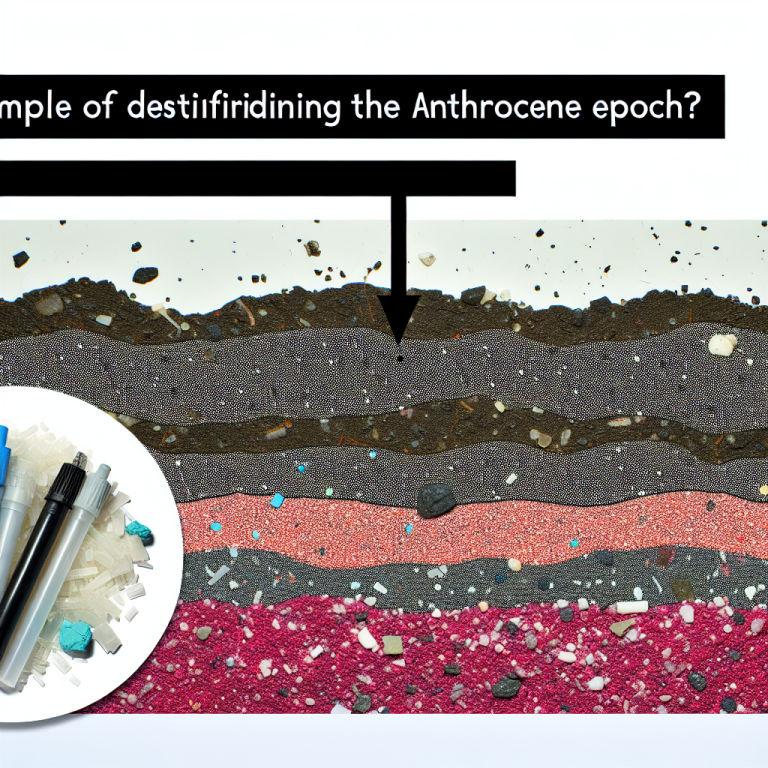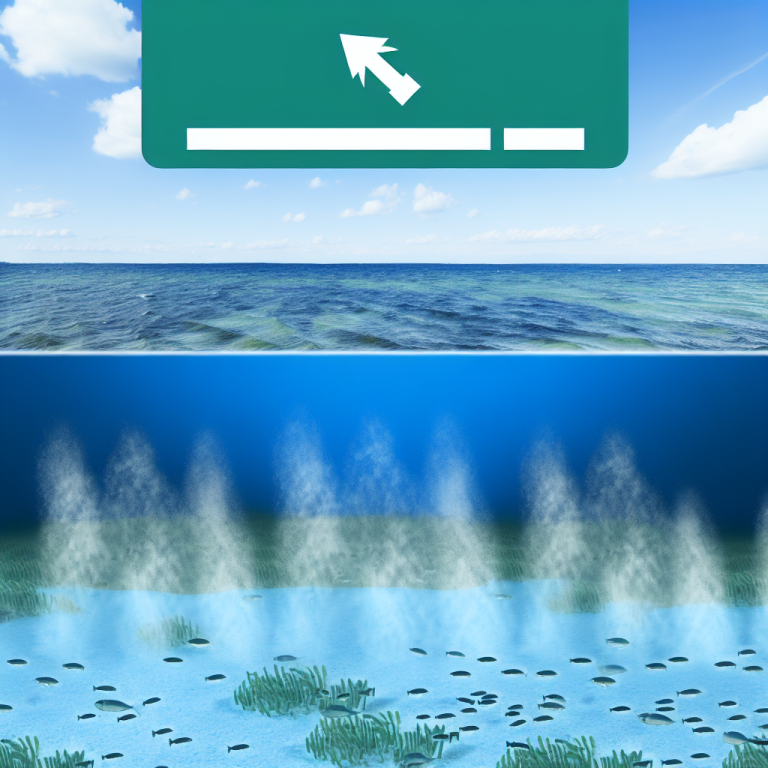The presence of buried microplastics in sediment layers is complicating efforts to define the Anthropocene, a new geological epoch marking the consequences of human activity on the environment. Geologists are looking at the ability of plastics to migrate into older sediment layers, muddying the waters when it comes to pinpointing the exact start of this epoch.
In a recent study published in Science Advances, researchers examined plastic particles in sediment samples from three lakes in Latvia: Seksu, Pinku, and Usmas. They found 14 different types of plastic in the sediment, with the most recent, uppermost layers containing the highest concentrations of plastic particles. Interestingly, the team also discovered that smaller, narrower particles had traveled down into much older sediments that were formed long before the 1950s, when plastic production began.
For example, particles from biodegradable plastics such as polylactic acid (PLA) and polyhydroxybutyrate (PHB) were found in sediment layers that were more than 200 years old. The researchers used established techniques to date the sediment samples, measuring the amounts of lead isotopes and spheroidal carbon-containing particles in the samples.
Despite these findings, co-author Inta Dimante Deimantovic, an ecologist at the Latvian Institute of Aquatic Ecology in Riga, cautions that geologists cannot rely solely on microplastics as precise markers for the onset of the Anthropocene. “The beginning of the Anthropocene cannot be defined only by the presence of microplastic remains in lake sediments,” she says.
Felipe Garcia-Rodriguez, a geoscientist at the University of the Republic in Uruguay who has studied the Patos-Mirim lagoon system in South America, agrees that microplastics can migrate downwards into sediment layers. However, he notes that the extent to which this happens depends on the particular sedimentary system being studied.
Dimante Deimantovic emphasizes the need for caution when using microplastics to determine the onset of the Anthropocene. “There are a great number of aspects to consider when determining the onset of the Anthropocene,” she says. “Microplastics alone won’t provide a clear solution.”
The debate over when the Anthropocene began is still ongoing, with researchers considering various factors such as changes in the environment, climate, and biodiversity caused by human activities. The presence of microplastics in sediment layers offers a new avenue for geologists to explore when analyzing materials from lakes and seas to assess the impact of human activity on the earth.
As researchers continue to investigate the role of microplastics in defining the Anthropocene, it is clear that this tiny material has the potential to complicate efforts to pinpoint the exact start of this new geological epoch. While the study in Latvia sheds light on the presence of plastics in sediment layers, more research is needed to fully understand the implications of microplastics on our understanding of the impact of human activity on the planet. Ultimately, the quest to define the Anthropocene requires a multi-faceted approach that takes into account the complexities of our relationship with the environment and the legacy of our actions for future generations.




